Ten or more years ago I purchased a handsome volume of this Lady’s novel of Roman Britain from the Literary Guild, and passed it onto a young reader. My impression is that the novel was written for the juvenile market in such a way as to be very appealing to a young man.
I have viewed this movie twice and like it. The combat is fairly realistic, the Roman equipment perfect, and the performances good. There are no black or Asian characters inserted in order to expand sales to those markets, and, most interestingly, the Painted People depicted in the movie seem to owe as much to Robert E. Howard’s fanciful vision of the Picts as to the substance of the lady’s novel, which was quite good.
Unlike the novel, the movie ends with a battle, which it has to in order to make a good movie. The single inaccuracy of the novel and the movie that comes to mind is the key scene, in which a Breton slave is being executed by a gladiator who is not a slave.
This is in line with the prejudicial Christian-oriented scholarship of the 1950s which muddled together Christian martyr sacrifice and gladiators, making the latter executioners.
Gladiators were slaves.
Gladiators only fought gladiators.
Slaves slated for death were either forced to fight other slaves, fed to wild animals, burned to death, or made to play a part in a play in which their character was killed!
Aside from this misinterpretation the movie seems to be largely accurate, with the opening scenes and the contest for the Roman fort being worth the entire price of the movie. The third portion of the movie, depicting the redemptive quest of the injured Roman officer into barbarian country, is nicely done, with a minimum of Hollywood clichés in evidence.
Here is a citation, taken from the third link below, concerning the semi-mythical folk chosen by Howard and Sutcliff fort heir masculine-oriented fiction:
“What the Picts called themselves is unknown.[nb 1] The Latin word Picti first occurs in a panegyric written by Eumenius in AD 297 and is taken to mean "painted or tattooed people" (from Latin pingere "to paint";[3] pictus, "painted", cf. Greek "πυκτίς" pyktis, "picture"[4]). As Sally M. Foster noted, "Much ink has been spilt over what the ancient writers meant by Picts, but it seems to be a generic term for people living north of the Forth–Clyde isthmus who raided the Roman Empire."[5]”
In the movie the Pictish Caledonians are referred to as ‘the Painted People.” In the end, I am simply fascinated with the level of attention that Howard’s fanciful notion of the Picts has managed to focus into the idea of war-painted Scotts, including Mel Gibson’s [possibly Howard influenced] use of war paint in the movie Braveheart.
All things considered, the crux of The Eagle is something that is quite taboo in today's society, honoring fatherhood, and for that deserves a view.
Links
link › en.wikipedia.org/wiki/Picts


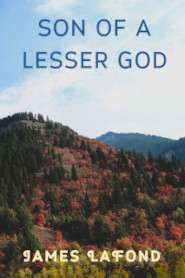

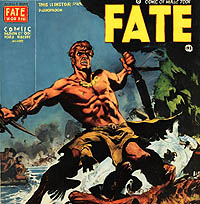

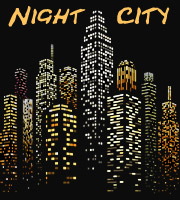

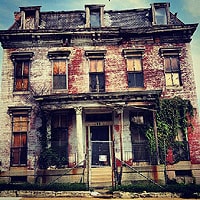
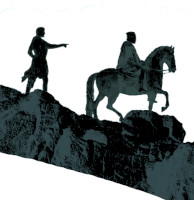

Agreed. Good flick. Channing Tatum only seems to play good white guy masculine roles. Chicks really dig him.